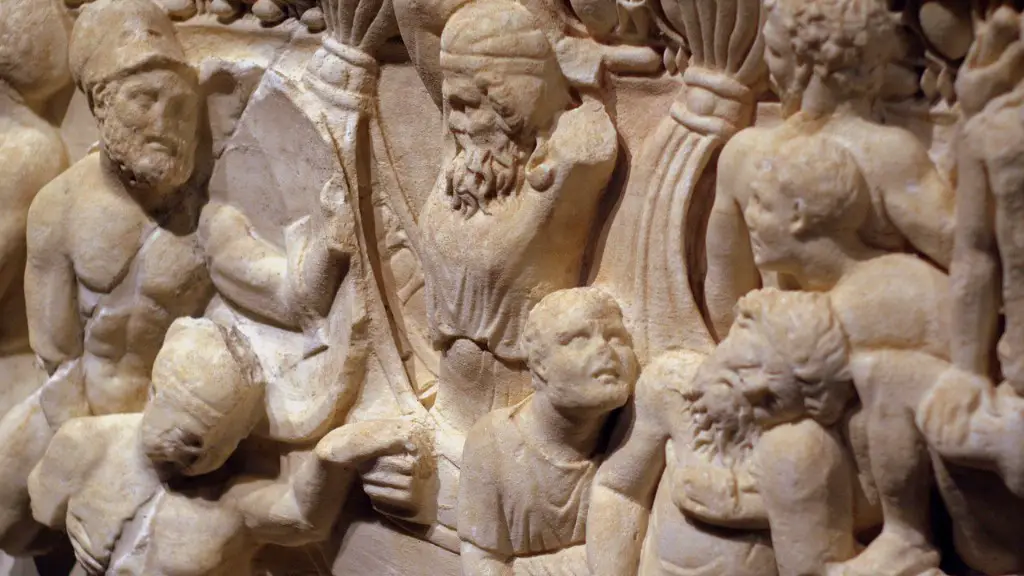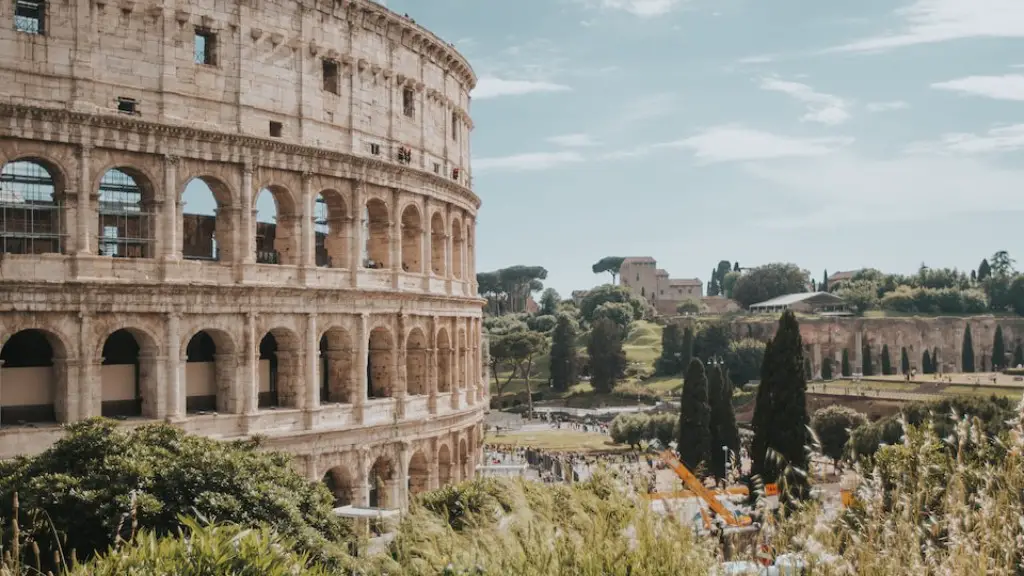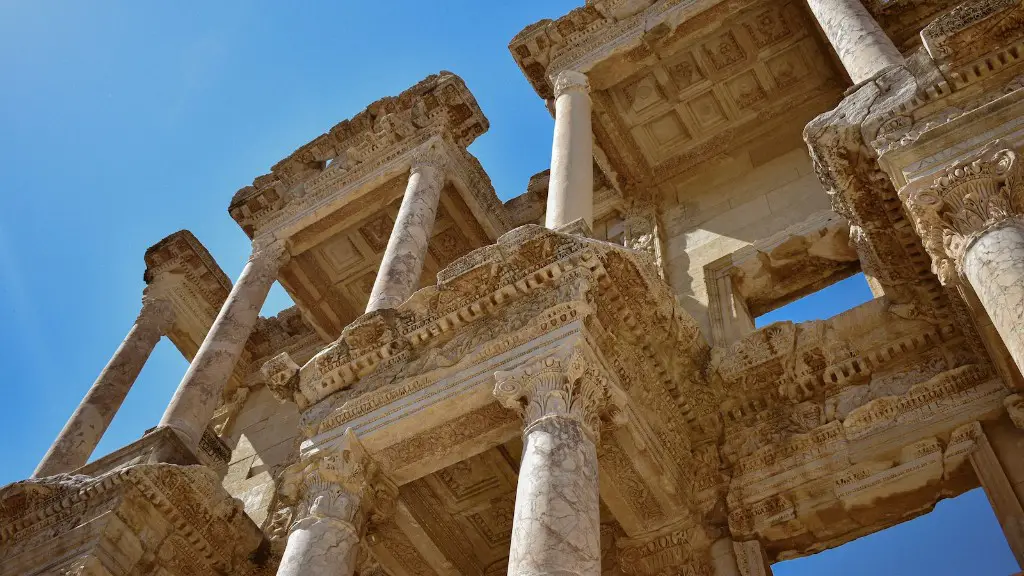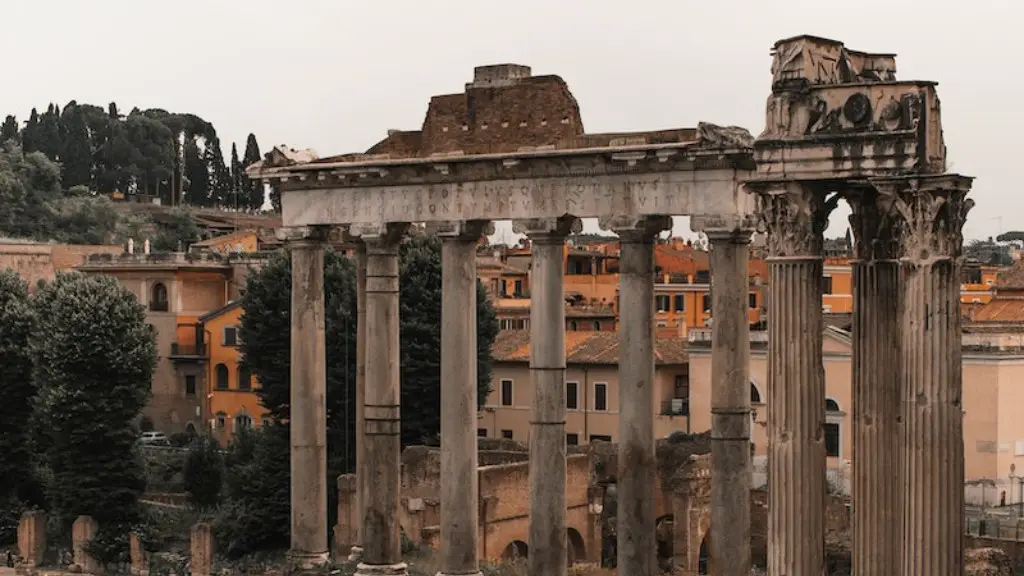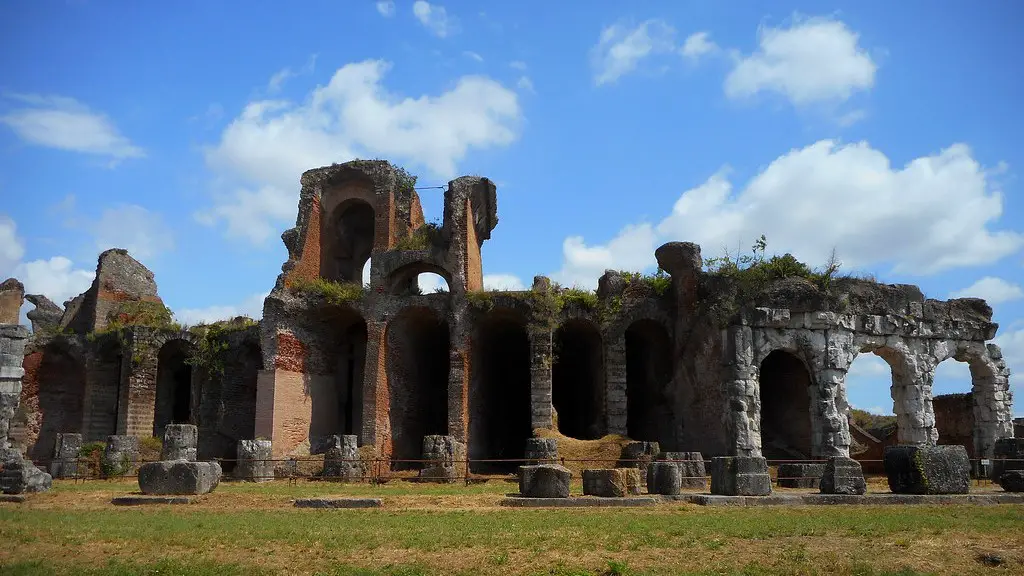Ancient Rome is one of the most historically significant civilizations of all time. Its impact on the world is still felt today in numerous ways. Ancient Rome was responsible for major innovations in politics, governance, law, and warfare that have shaped the modern world. Even aspects of Roman culture such as architecture, literature, and language have had a profound influence on contemporary society. Understanding the history and culture of Ancient Rome is essential for understanding the world today.
There are many reasons why ancient Rome is important to us today. For one, Rome was the first major civilization in Europe, and its impact on the development of Western culture is impossible to overstate. Additionally, Rome was a highly advanced society in terms of architecture, engineering, politics, law, and warfare, and many of their innovations are still in use today. Finally, the study of Roman history can give us valuable insights into our own society and culture.
How has Rome impacted the US today?
The Constitution of the United States was heavily influenced by the Roman Republic. The system of checks and balances, the bicameral legislature, term limits, and age requirements were all borrowed from Rome. In some cases, the Founders even copied specific terms from the Roman constitution, such as “senate,” “capitol,” and “committee.”
The legacy of Ancient Rome is still felt today in western culture in areas such as government, law, language, architecture, engineering, and religion. Many modern-day governments are modeled after the Roman Republic. The Roman Republic was a government founded in the 7th century BC that lasted for more than 500 years. It was eventually replaced by the Roman Empire. The Roman Republic was characterized by a strong central government with a Senate and two consuls, as well as a well-developed system of law and governance. Roman law was based on the Twelve Tables, a code of law compiled in the 5th century BC. Roman architecture was based on the use of arches and vaults, which allowed for the construction of larger and more complex buildings. Roman engineering was responsible for the construction of roads, bridges, and aqueducts. Roman religion was based on the worship of a pantheon of gods and goddesses. The Roman pantheon included Jupiter, Juno, Minerva, and Apollo, among others. The legacy of Ancient Rome is still evident in the western world today.
What Roman contributions still influence our lives today
The Romans were a major influence in many aspects of our modern society. Here are thirteen things that they did for us:
1. Fast food – The Romans were the first to introduce street stalls and ‘food on the move’ as we might think of it today.
2. Advertising and trademarks – The Romans were the first to use signs and symbols to advertise their businesses.
3. Plumbing and sanitation – The Romans were the first to develop systems of plumbing and sanitation.
4. Towns – The Romans were the first to develop the concept of town planning.
5. Architecture – The Romans were the first to develop classical architecture.
6. Roads – The Romans were the first to build a network of roads.
7. Our calendar – The Roman calendar was the basis for our modern calendar.
8. The Latin language – The Romans were the first to develop the Latin language.
9. law and government – The Romans were the first to develop systems of law and government.
10. art and literature – The Romans were the first to develop many forms of art and literature.
11. religion – The Romans were the first to develop the concept of monotheism.
The Ancient Romans were a major influence on the development of culture and technology around the world. They also had a significant political impact, as they were the first to create a Senate.
What 3 ideas did America get from Rome?
America’s founding fathers were heavily influenced by the Ancient Roman model when they designed the executive, judicial, and legislative branches of the United States government. Like the Roman Republic, the United States has a separation of powers between these three branches of government. This separation of powers ensures that no one branch of government becomes too powerful and helps to prevent Tyranny.
The ancient Romans were famous for their ability to build longstanding structures that are still standing today. This was made possible by their invention of hydraulic cement-based concrete. This type of concrete is much more durable and weather resistant than the concrete we use today, making it the perfect material for buildings and monuments that are meant to last for centuries.
What is the importance of Rome?
There’s no question that Ancient Rome was one of the most influential civilizations in history. It’s impact on the development of law, war, art, literature, architecture, technology and language in the Western world is still very evident today. Even after centuries of change, Ancient Rome’s legacy continues to be a major force in shaping the world we live in today.
Rome is the home of the Catholic Church, which had a great influence over Europe for the next thousand years. Today, Christianity is the largest religion in the world.
What are some of the values of Ancient Rome
The Roman values of bravery, loyalty, piety, seriousness, respect and authority were very important to the people of that time. These values were what defined a person as being a good and upstanding member of society. Bravery, in particular, was a highly prized virtue and was seen as the defining characteristic of a true Roman man. These values were instilled in the people from a young age and were passed down through the generations.
Here are just some of the many ways that the Roman legacy still thrives today:
-Their culture of building strong and lasting relationships is still evident in Roman businesses and families.
-Their commitment to excellence and providing the best for their citizens is still evident in many aspects of Roman life.
-Their technology and engineering innovations are still used and admired today.
-Their language, Latin, is still studied and used by scholars, lawyers, and others.
What was the most important thing the Romans did for us?
The aqueducts built by the ancient Romans were one of the most impressive feats of engineering of their time. These aqueducts not only allowed for the transport of clean water into cities and towns, but also served to keep waste away from clean water sources. The development of sewers by the Romans allowed for the efficient removal of waste from cities, and the use of the aqueducts to flush the sewers and drains kept the system clean.
The Roman Empire was built on the strength of its cement. This invention was stronger than stone and allowed for the construction of huge arches and domes. More than 50,000 miles of roads were built using concrete, helping to unify the empire. Aqueducts carried water from the countryside to the city, making life in the empire more comfortable.
What did the Romans invent for us
The Roman military medical corps was one of the first dedicated field surgery units and made valuable contributions to medicine. They invented many surgical tools and pioneered the use of the cesarean section. Augustus led the development of this unit and established its importance.
In addition to aqueducts, the Ancient Romans were also responsible for constructing the first ever roads made from concrete. The Roman roads were not only incredibly durable, but also very efficient in terms of transportation. In fact, many of the roads constructed by the Ancient Romans are still in use today.
Another key invention of the Ancient Romans was concrete. The Roman Empire was responsible for the development of the first concrete buildings, which were both strong and aesthetically pleasing.
On the battlefield, the Ancient Romans were renowned for their medical tools and techniques. The Roman military used a variety of sophisticated medical tools to treat injuries and diseases.
Last but not least, the Ancient Romans invented the Julian Calendar, which is still used by many countries today.
What are 10 important facts about Ancient Rome?
1. The Romans used to take baths together.
2. The Romans invented loads of things!
3. The Roman’s most popular form of entertainment were Gladiator fights.
4. The rich Romans had servants.
5. We still use some Roman roads.
6. They worshipped a lot of different Gods and Goddesses.
7. Ancient Rome is underground.
Rome is a city with a rich history full of interesting facts and trivia. For example, did you know that Rome has more fountains than any other city on the planet? Or that the Pantheon is the only ancient building in pristine condition?
On Rome’s birthday, a special lightshow takes place at the Pantheon. Cats also have special rights in the city, and it is technically the capital of two countries. The Spanish Steps are another interesting point of interest – they’re actually not Spanish!
If you’re interested in learning more about Rome, there are plenty of resources available. This is just a brief introduction to some of the city’s most fascinating facts and trivia.
Final Words
There are many reasons why ancient Rome is important to us today. The Roman Empire was one of the largest empires in world history and at its peak controlled a territory that extended from Britain to North Africa and from Spain to the Middle East. Ancient Rome was also responsible for major innovations in politics, governance, law, and warfare that have shaped the modern world. Finally, the culture and society of ancient Rome have had a profound influence on the arts, literature, and ways of life of people around the world for centuries.
The ancient Romans were very innovative in terms of technology, engineering and architecture. They also developed classical civilization, which has had a profound and lasting impact on the Western world. The study of ancient Rome is therefore essential for understanding the development of Western society.
